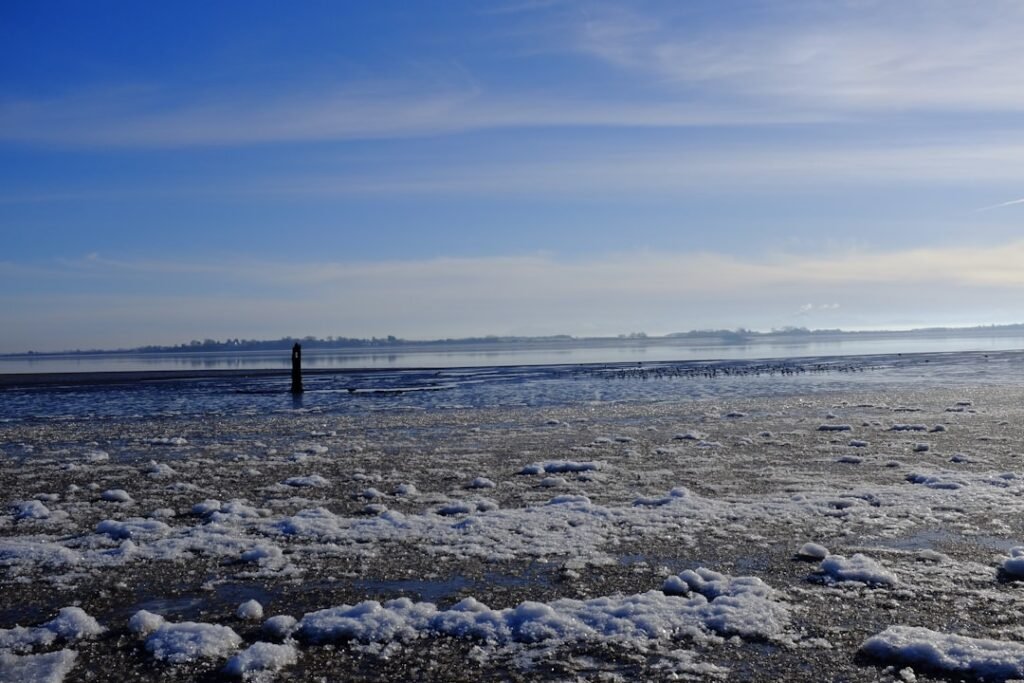Imagine strolling down a winter beach and discovering thousands of perfectly round ice spheres scattered across the sand like nature’s bowling balls. You might think you’ve stumbled upon some bizarre storm aftermath or an elaborate art installation. Yet what you’re witnessing is one of Mother Nature’s most mesmerizing winter phenomena, where the laws of physics create sculptures that seem almost too perfect to be real.
These mysterious ice formations have been popping up on beaches around the world, from the shores of Lake Michigan to the coastlines of Finland and Russia. While they might look supernatural, there’s fascinating science behind their creation that involves the precise dance between temperature, wind, and water movement. So let’s get started on unraveling this icy mystery.
The Science Behind Nature’s Perfect Spheres
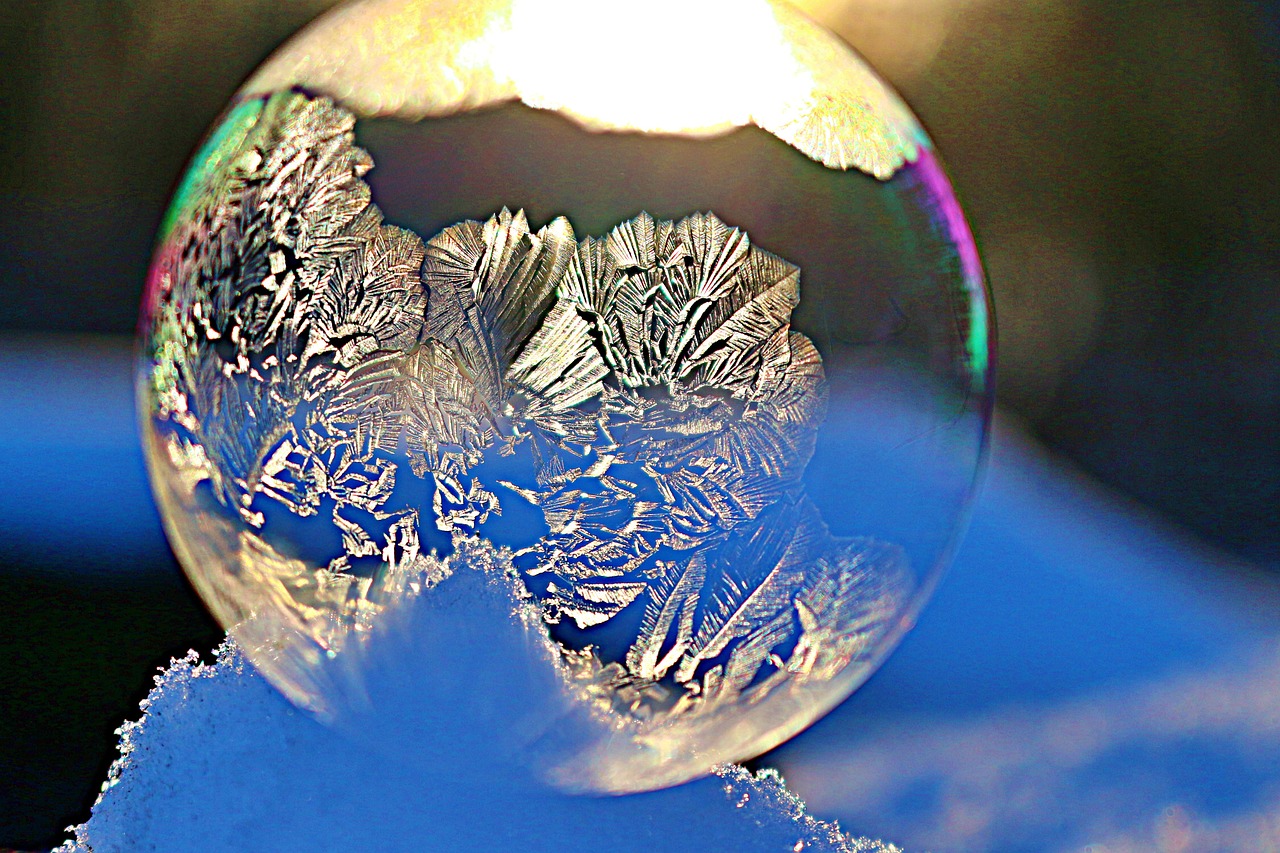
You’ve probably wondered how nature could possibly create such perfectly round objects without any human intervention. Ice balls are formed thanks to a precise combination of temperature, wind and wave motion. The key to their formation lies in what scientists call a “Goldilocks zone” of conditions that must be just right for the phenomenon to occur.
The temperature needs to be just below freezing, but not too low, to allow ice and snow to penetrate blend together without becoming too fragile. Think of it like making perfect cookie dough – if it’s too cold, the mixture becomes brittle and crumbles. If it’s too warm, everything turns to mush. Small fragments of floating ice act like seeds, with layers upon layers of supercooled lake water freezing around them as the balls churn in the waves.
Temperature Requirements for Ice Ball Formation
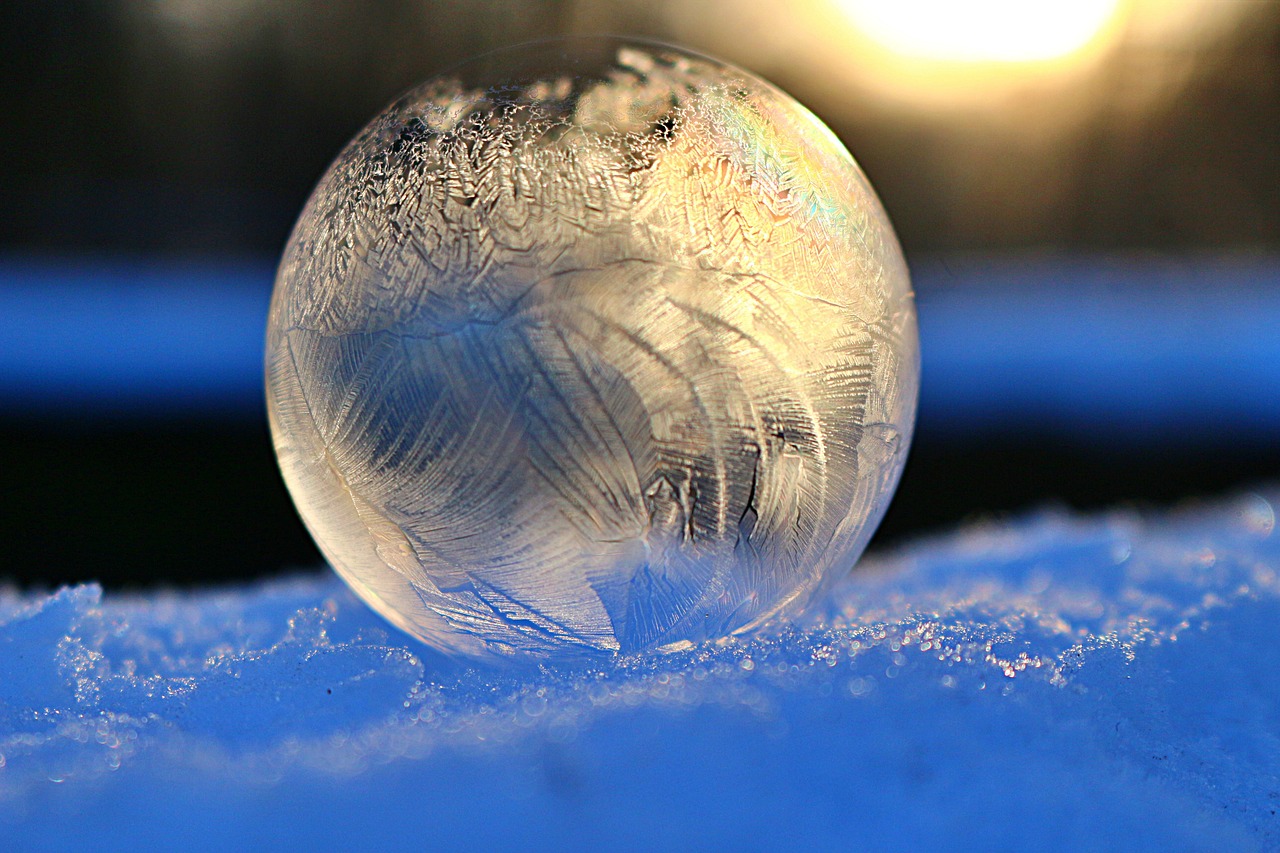
Ice balls can form when the temperature has barely dipped below freezing. The ice that forms is still sort of slushy, and all of that slush combines into ball-like shapes. You’ll find that the sweet spot for ice ball formation occurs when water temperatures hover just below the freezing point, creating a slushy consistency that’s moldable yet stable enough to maintain its shape.
Interestingly, the water doesn’t need to be completely frozen solid for this process to begin. If the water temperature is just below freezing, small pieces of ice or icy slush grows as waves move back and forth adding additional water that freezes in layers. This gradual layering process is what gives ice balls their distinctive smooth, rounded appearance rather than the jagged edges you’d expect from broken ice chunks.
The Role of Wind and Wave Action
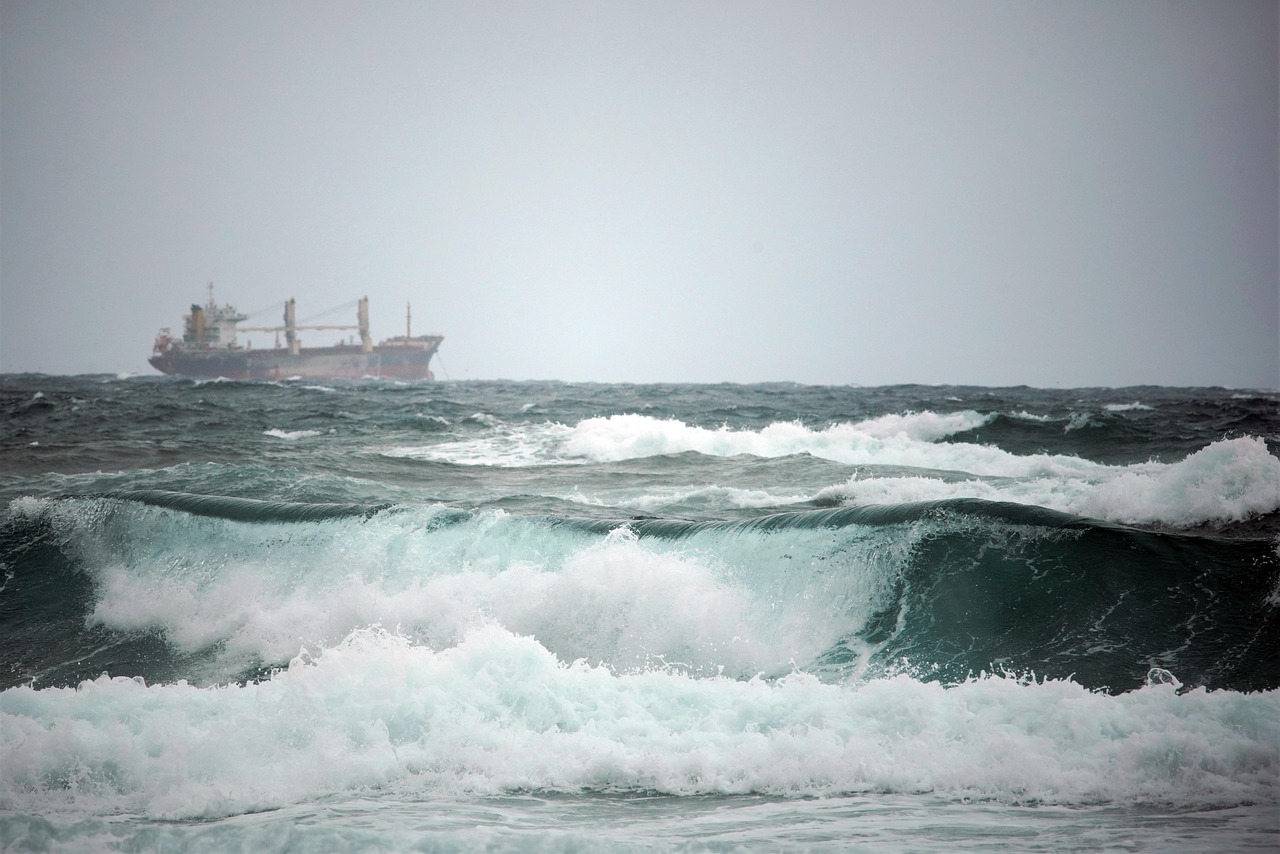
Wind plays a crucial role in sculpting these natural masterpieces, but it’s all about finding the right balance. The wind must be strong enough to push the snowballs, but not too strong. When winds are too gentle, the ice pieces simply float without the necessary tumbling action. When they’re too fierce, the delicate ice structures get torn apart before they can achieve their perfect spherical form.
The gentle churn of water, blown by a suitably stiff breeze makes concentric layers of ice form on a seed particle that then grows into the floating ball as it rolls through the freezing currents. It’s similar to how a snowball grows larger as you roll it across fresh snow, except here the “snow” is actually layers of freezing water that accumulate as the sphere tumbles through the waves.
Famous Locations Where Ice Balls Appear
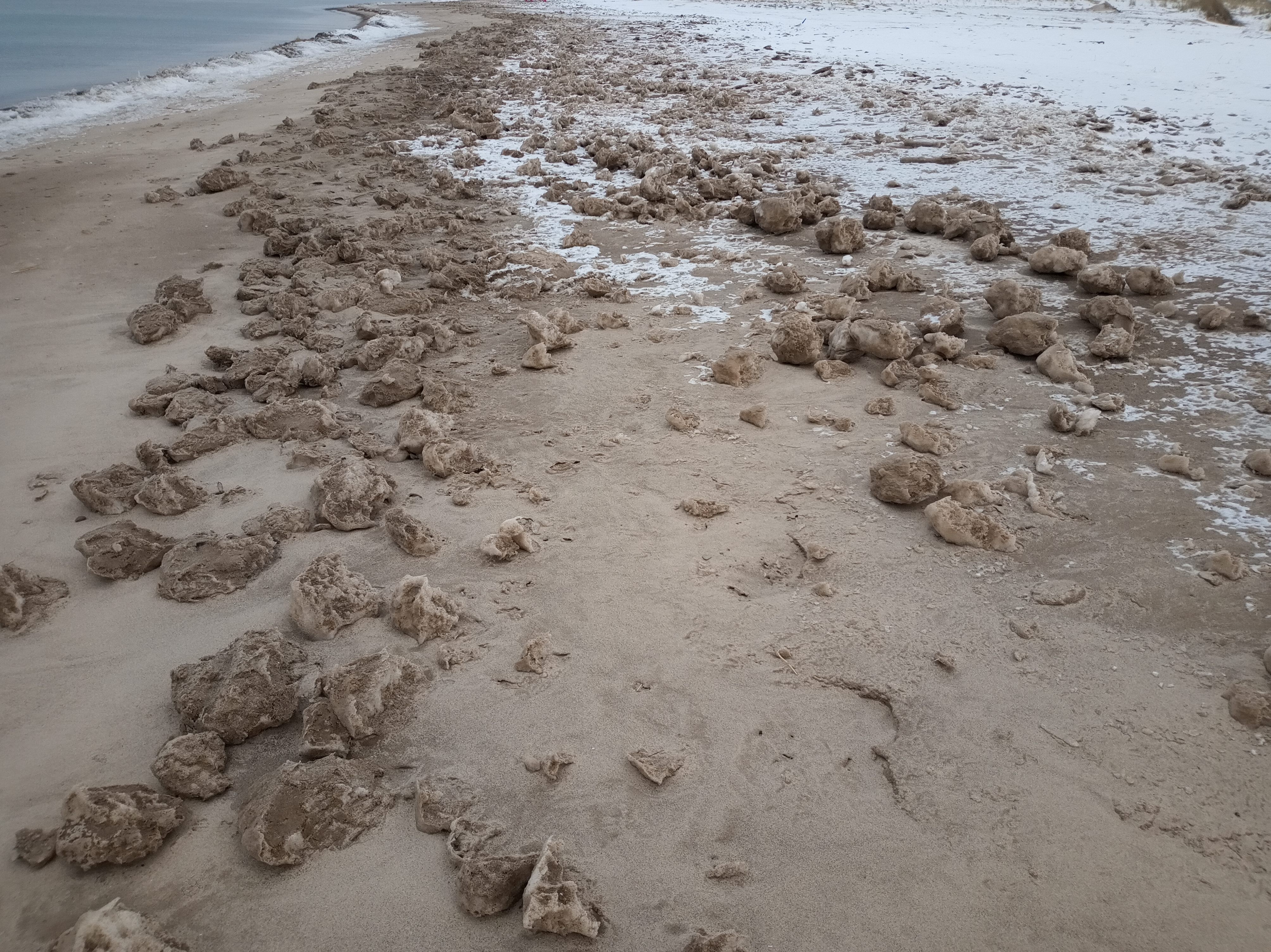
The best-known locations for these formations include i American Great Lakesespecially the Lake Michiganwhere ice spheres appear almost every winter. Lake Michigan has become something of a hotspot for ice ball sightings, with Round ice formations shaped like balls ranging from smaller golfball-sized versions to the size of kickballs were spotted along the Lake Michigan shoreline just this past January.
Similar phenomena have also been observed in other parts of the world, such as Canada, Finland, Russia and northern Germany. What’s particularly fascinating is that An ice specialist from the Finnish Meteorological Institute has noted that ice balls are rare, but not unprecedented, and can occur on the Finnish coastline when conditions allow. This suggests that while the phenomenon is uncommon, it’s predictable enough that meteorologists know when and where to look for it.
Size Variations and Record-Breaking Ice Balls
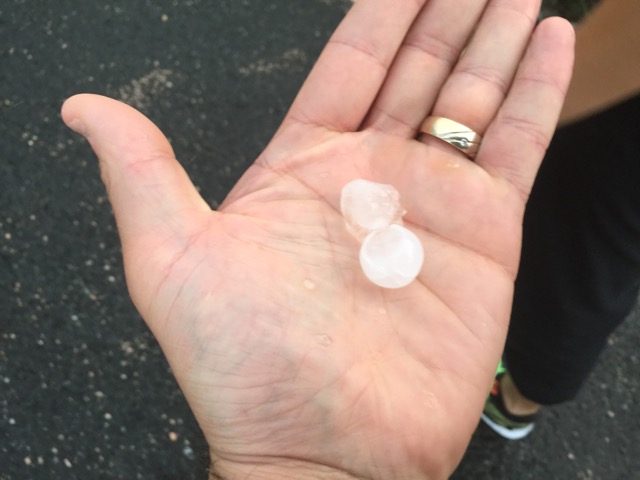
The size range of these ice spheres is truly remarkable, spanning from modest golf ball dimensions to massive boulder-sized formations. Weighing in at up to 50 pounds (22 kilograms) each, the ice spheres are a winter weather phenomenon resulting from wind and wave action along the shore Recent observations have documented even more impressive specimens.
The balls were found at Esch Road Beach in Benzie County, with some were reported to be up to 36 inches – or three feet – wide. Given enough time, the frozen balls can grow to become boulder size. In 2016, giant snowballs washed up on a beach in Siberia, some measuring a metre (about 3 feet) across. These massive formations represent the upper limits of what nature can achieve under perfect conditions.
The Physics of Spherical Formation
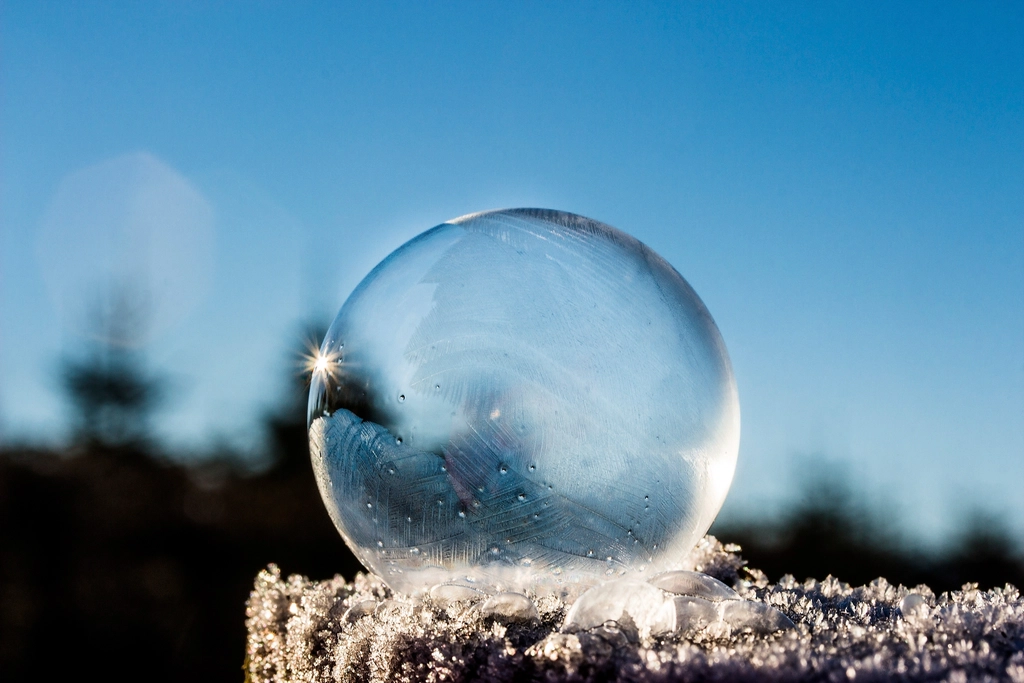
The perfectly round shape of these ice formations isn’t accidental – it’s the result of fundamental physical principles at work. The snow/ice chunks rub together and are sculpted into a round shape. This constant friction and tumbling action naturally smooths away any rough edges or irregular protrusions, much like how river rocks become rounded over time.
The waves complete the masterpiece by finely honing the circles through continuous motion that acts like a natural polishing machine. The spherical shape is also the most stable configuration for an object rolling in turbulent water – any deviation from roundness creates drag or instability that gets corrected by the ongoing wave action. This self-correcting mechanism is what allows nature to achieve such geometric precision.
Seasonal Timing and Frequency
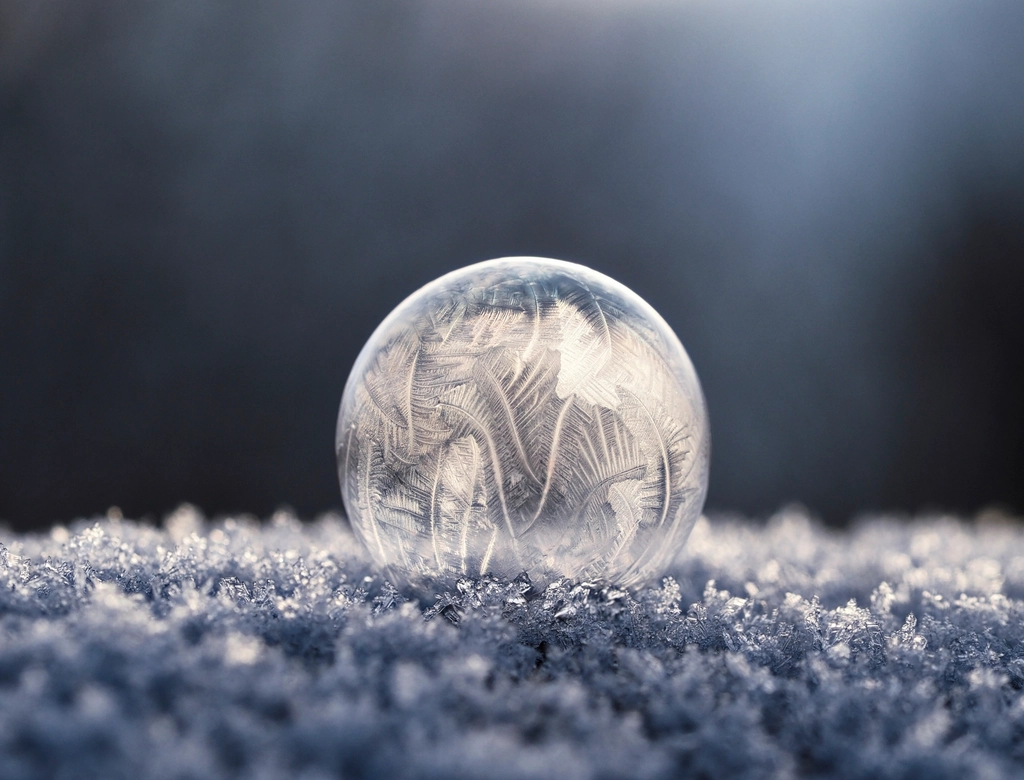
“These can usually be seen as early as late December and early January when temperatures fall into the teens and single digits,” the Weather Service said. The timing of ice ball formation is closely tied to the transition periods when winter conditions are establishing themselves but haven’t yet reached their most severe depths.
Sorstokke, who is local to the area, living about seven miles from the beach, told Newsweek that the balls show up most years. However, he said the large ones measuring up to 36 inches are “uncommon.” This suggests that while smaller ice balls might be relatively common in the right locations, the truly spectacular large formations are much rarer events that require exceptionally perfect conditions to develop.
Related Ice Phenomena and Formations
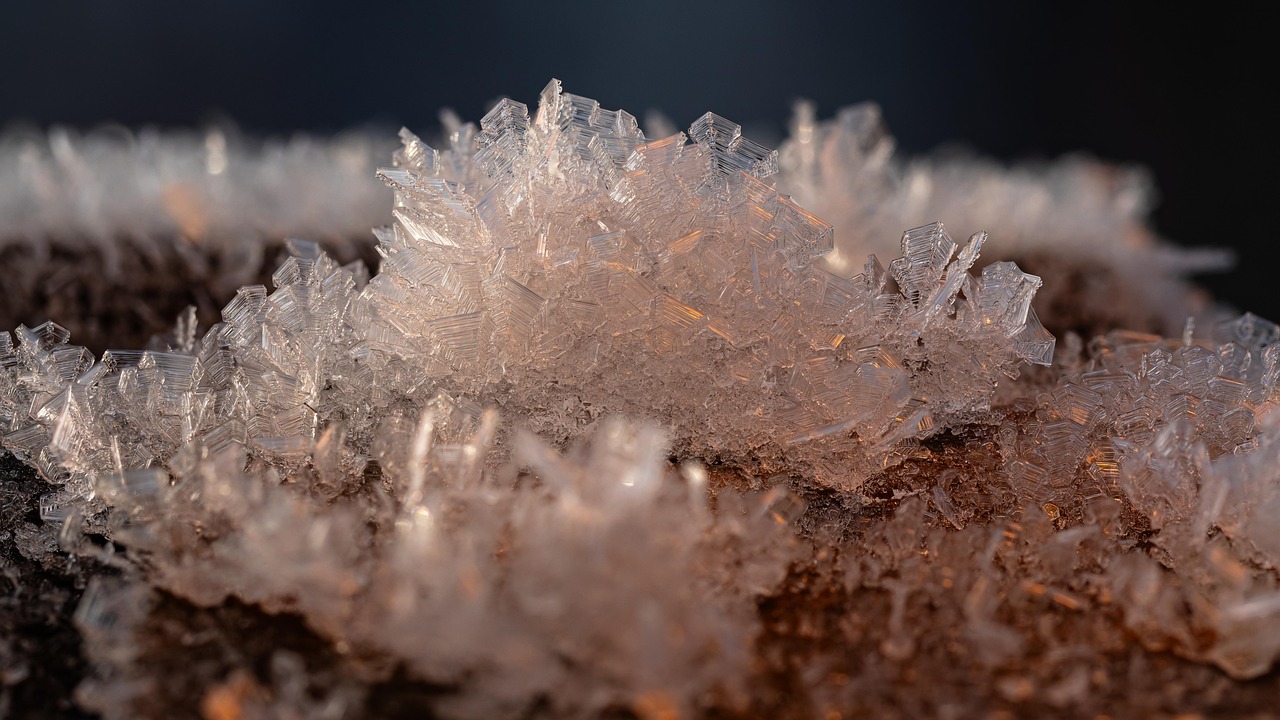
Ice balls aren’t the only fascinating frozen formations that occur in similar conditions. Here, in a photograph of Lake Michigan taken in 2000, you can see the formation of flat coins of “pancake” ice” and rolling spheres of “ice boulders” (also called ball ice or ice balls). Pancake ice forms when waves prevent a solid ice sheet from developing, creating circular plates that bump against each other.
Sometimes, wind and wave activity “polishes” sea ice to perfectly spherical pieces known as ice eggs. There are also fascinating formations called yukimarimo, which In Antarctica, temperatures can be so low that electrostatic attraction is increased to the point hoarfrost on snow sticks together when blown by wind into tumbleweed-like balls These demonstrate that nature has multiple pathways to create spherical ice formations under different conditions.
Safety Considerations for Beachgoers
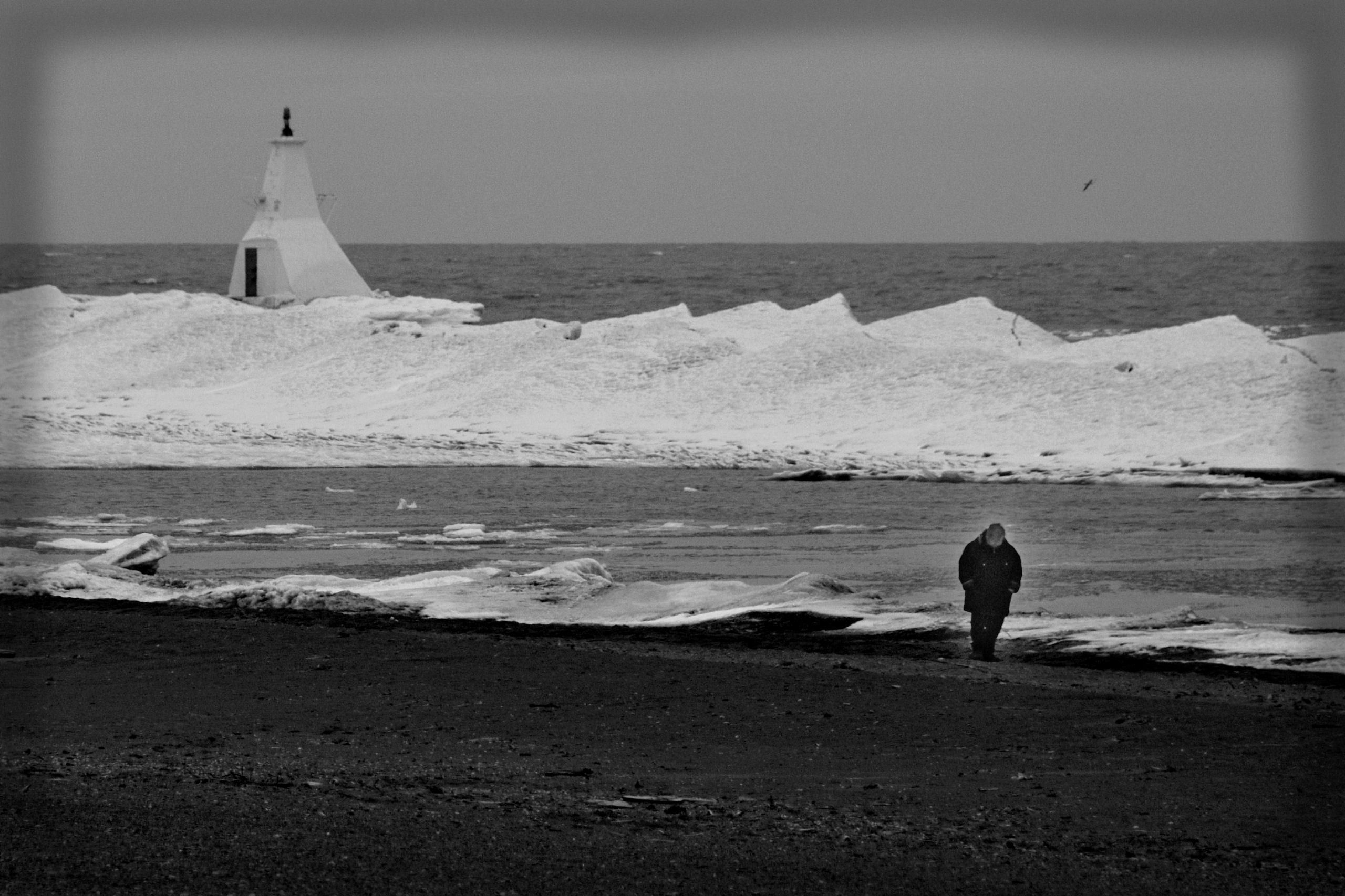
While ice balls create stunning natural displays, they come with important safety warnings that you should heed. “They are fun to see rolling around,” he told the newspaper. However, Sorstokke told the Detroit Free Press that anyone who wanted to check the balls out for themselves should be careful, as the ice on the lake near them is soft.
The Holland State Park warned residents to be extra careful when visiting the body of water. The areas where ice balls wash ashore often have unstable ice conditions, shifting currents, and unpredictable wave action. “I don’t think they last very long.” This temporary nature means that while the formations are beautiful to observe, they’re also ephemeral – often disappearing within hours or days of formation.
Conclusion

The mystery of beaches covered in perfect ice spheres turns out to be a beautiful example of physics in action rather than any freak storm phenomenon. These natural sculptures emerge from the precise interplay of temperature, wind, and wave motion – conditions that must align just right to create nature’s bowling alley. From the Great Lakes to the shores of Finland, these formations remind us that some of the most extraordinary sights on Earth happen when we least expect them.
What makes ice balls even more special is their fleeting nature – they appear for just a few days under perfect conditions before melting away or being destroyed by changing weather. So if you ever find yourself near a large body of water during those crucial winter transition periods, keep your eyes peeled for these remarkable spherical gifts from Mother Nature. Have you ever witnessed this incredible phenomenon yourself? Share your ice ball encounters in the comments below.

